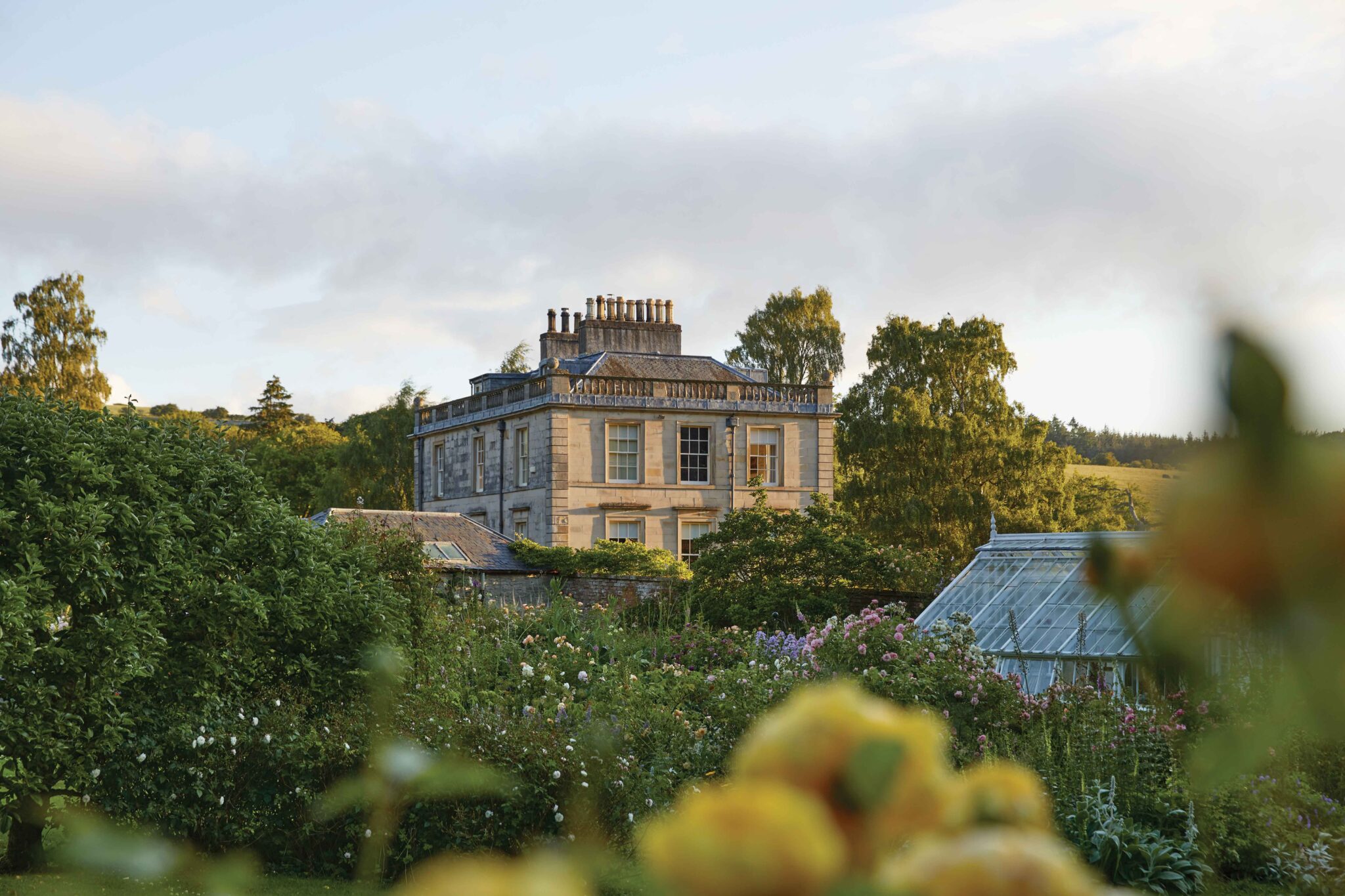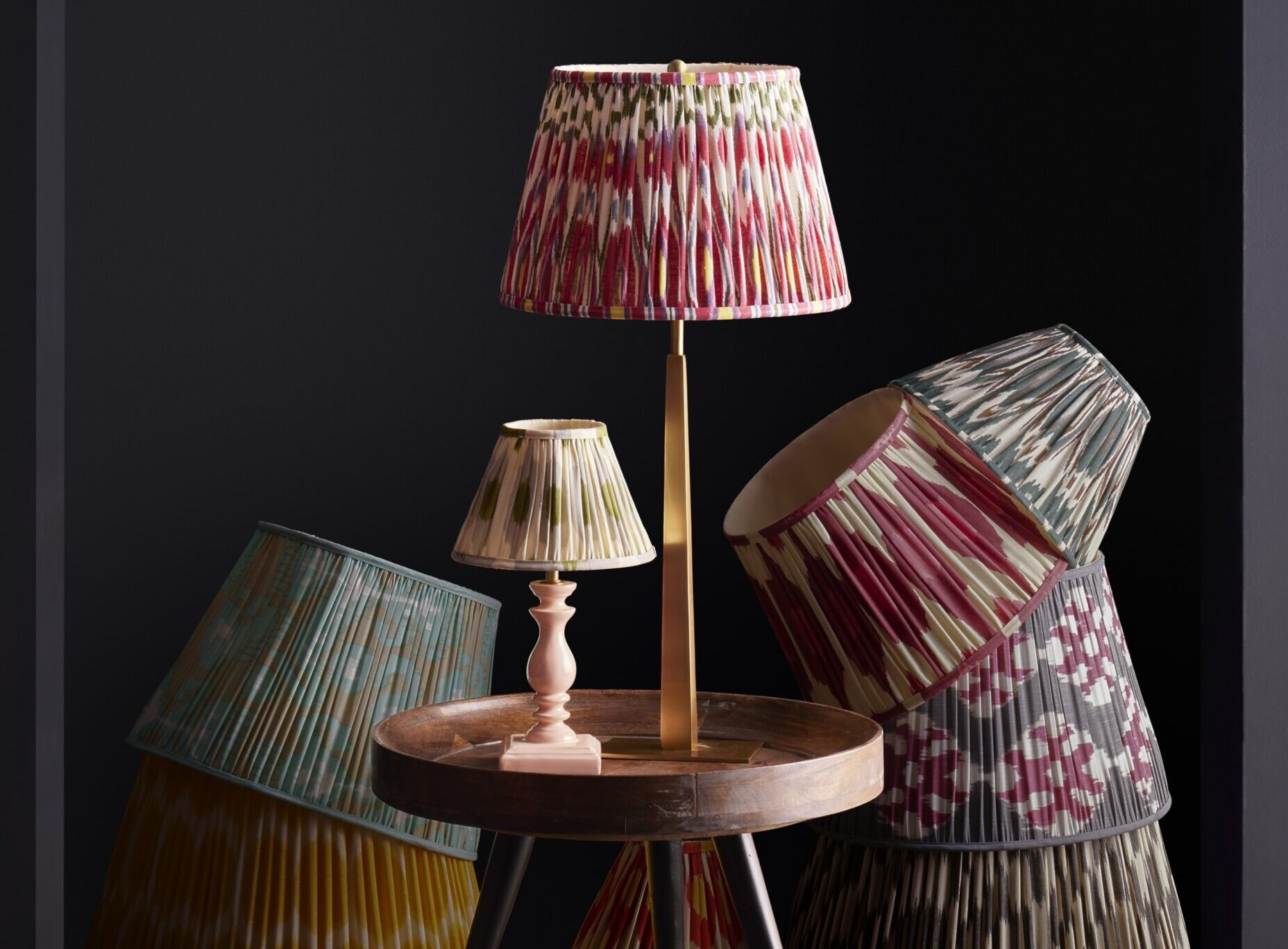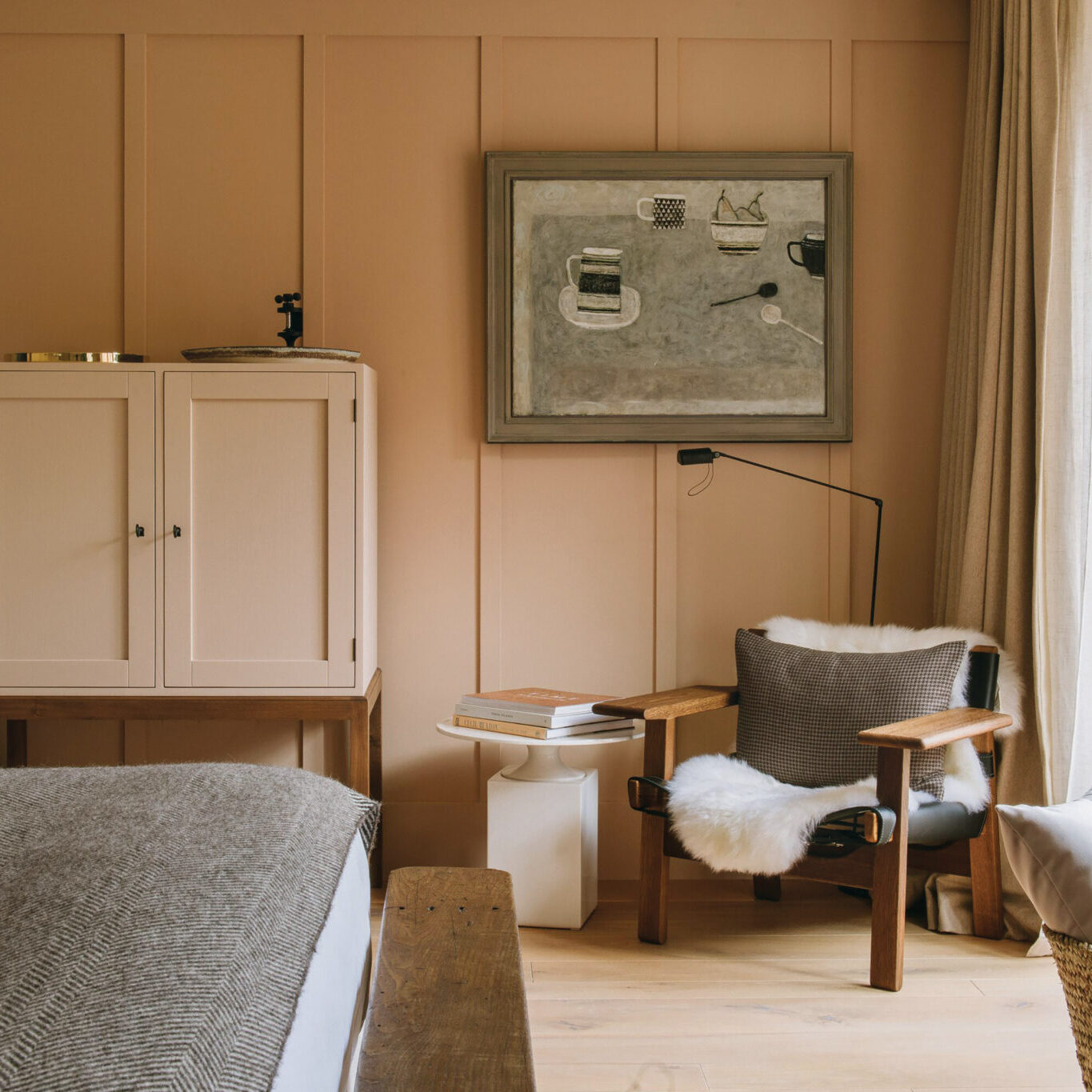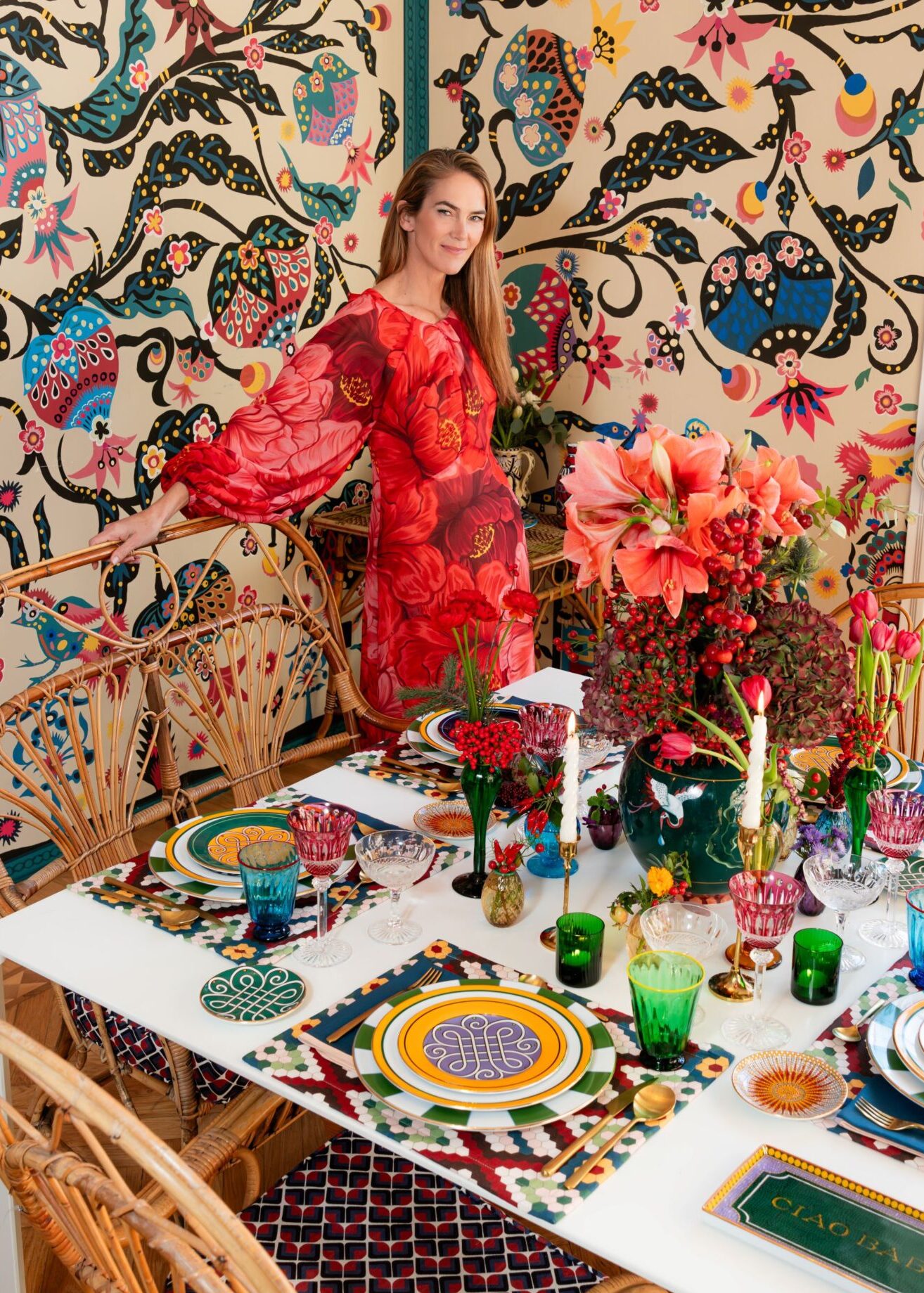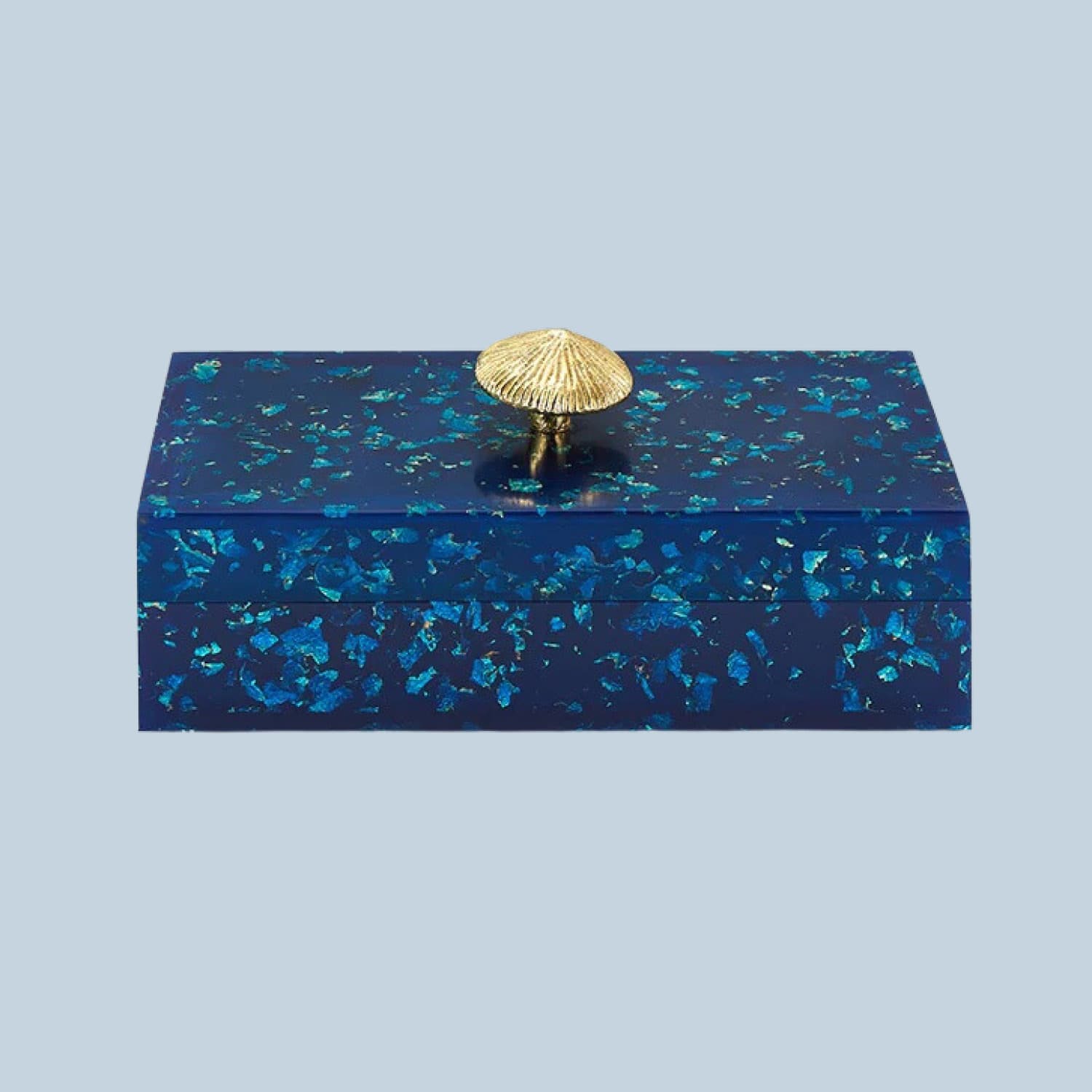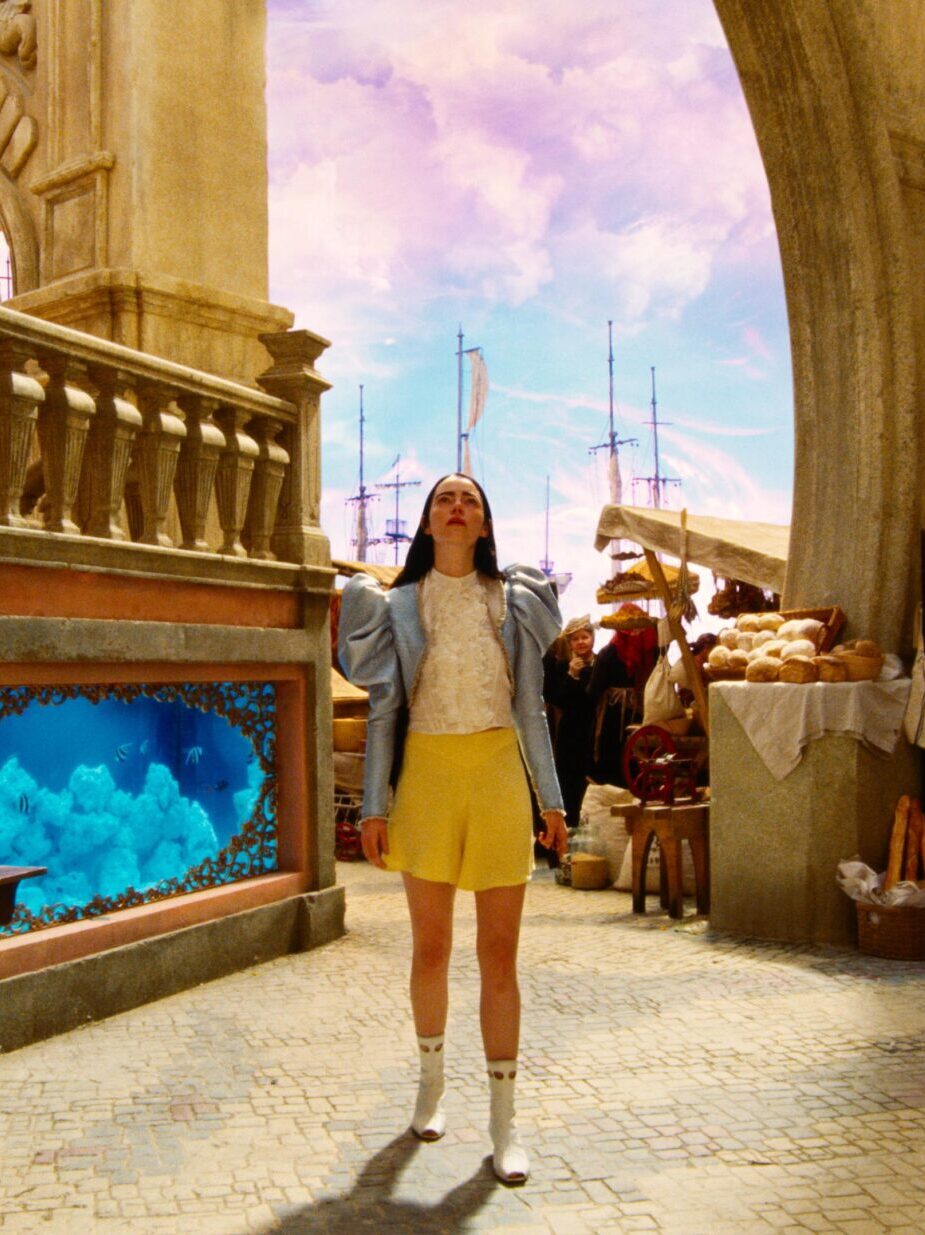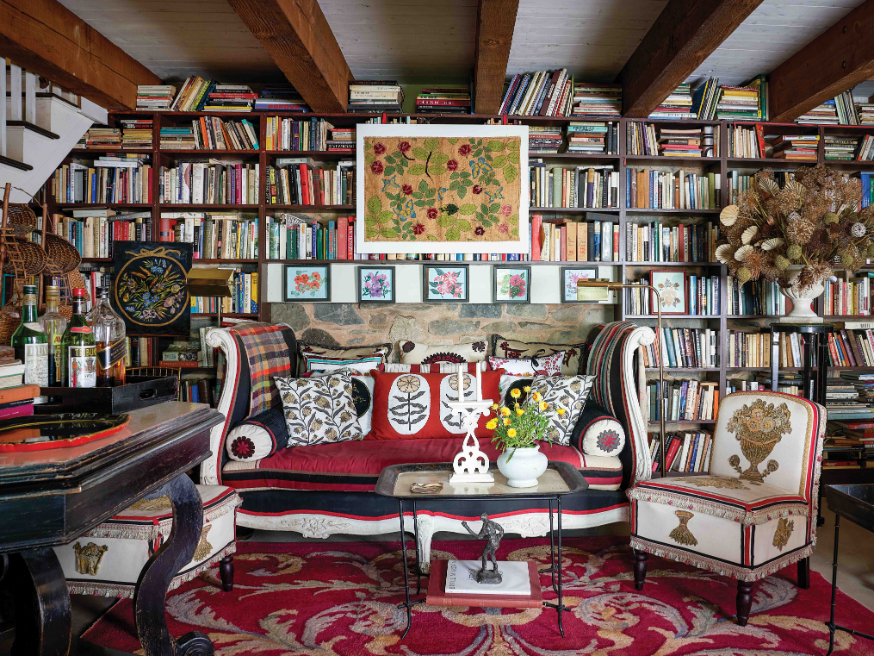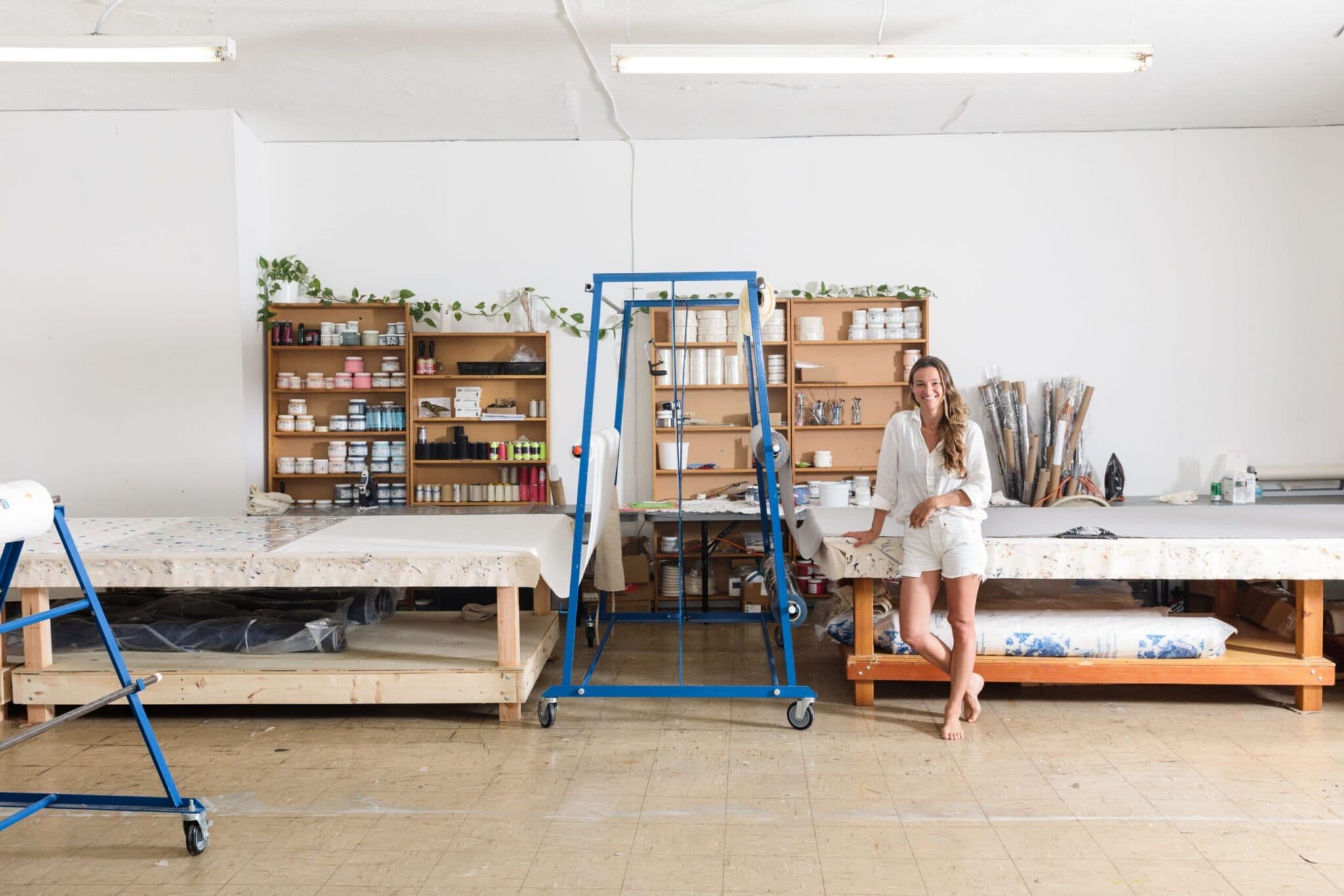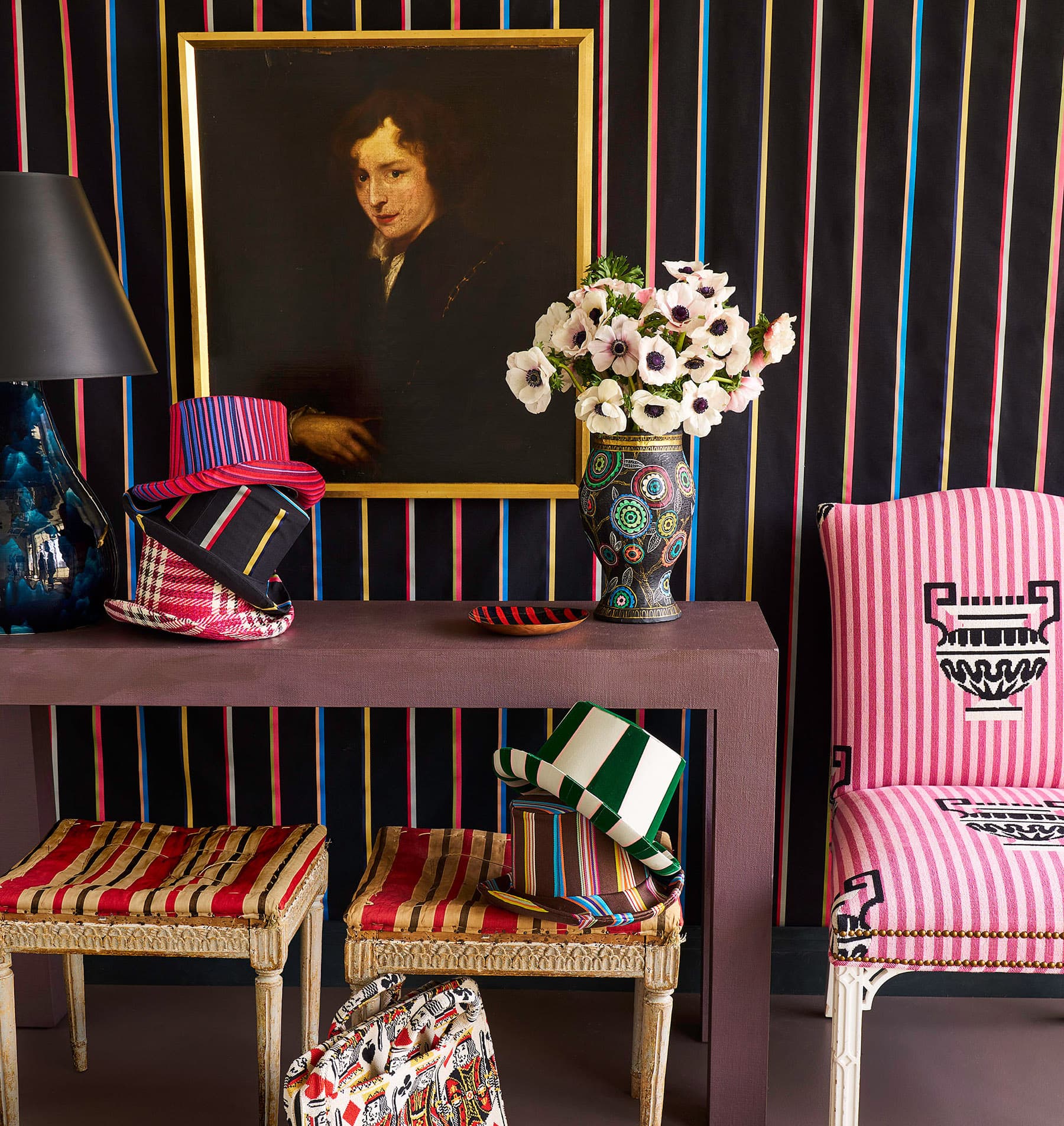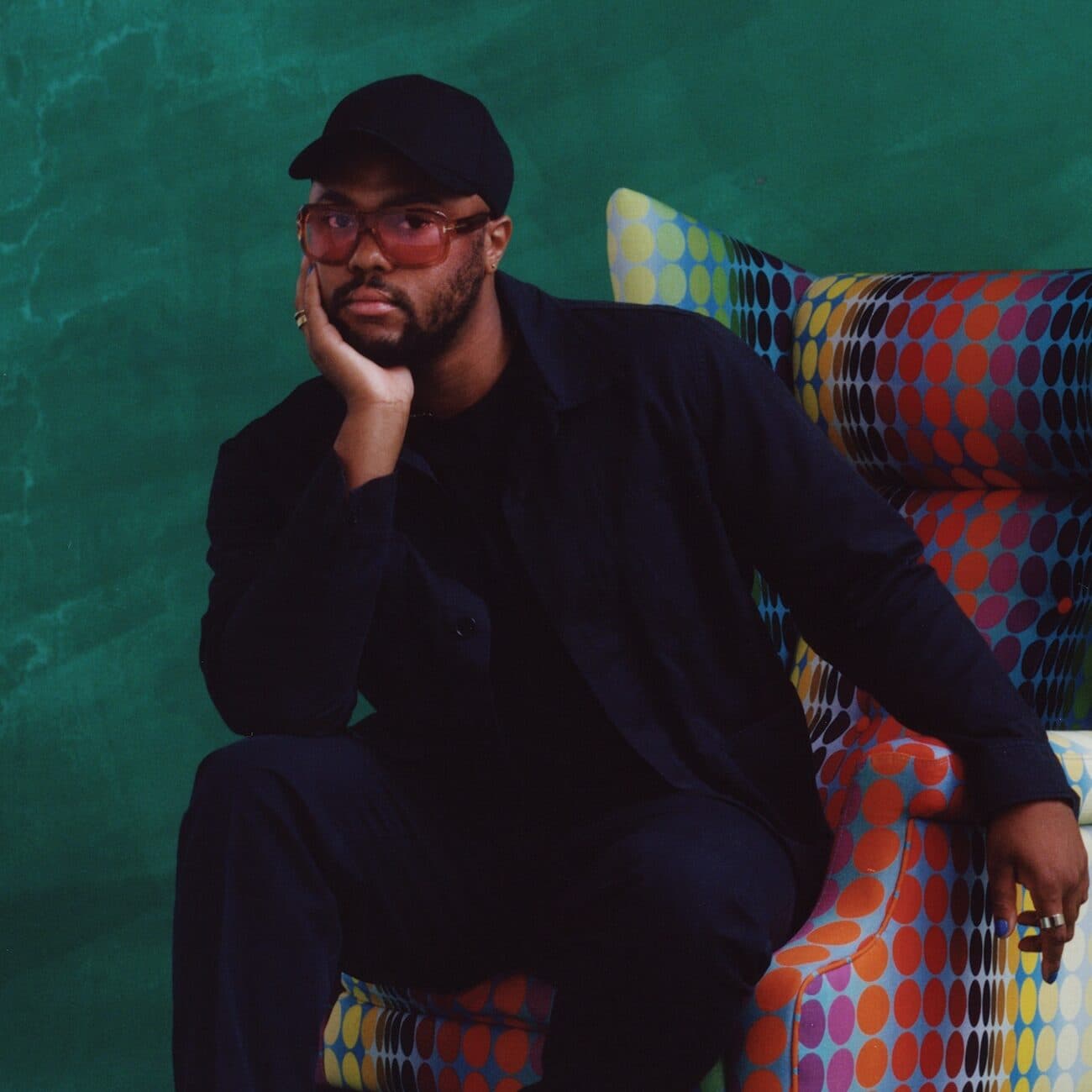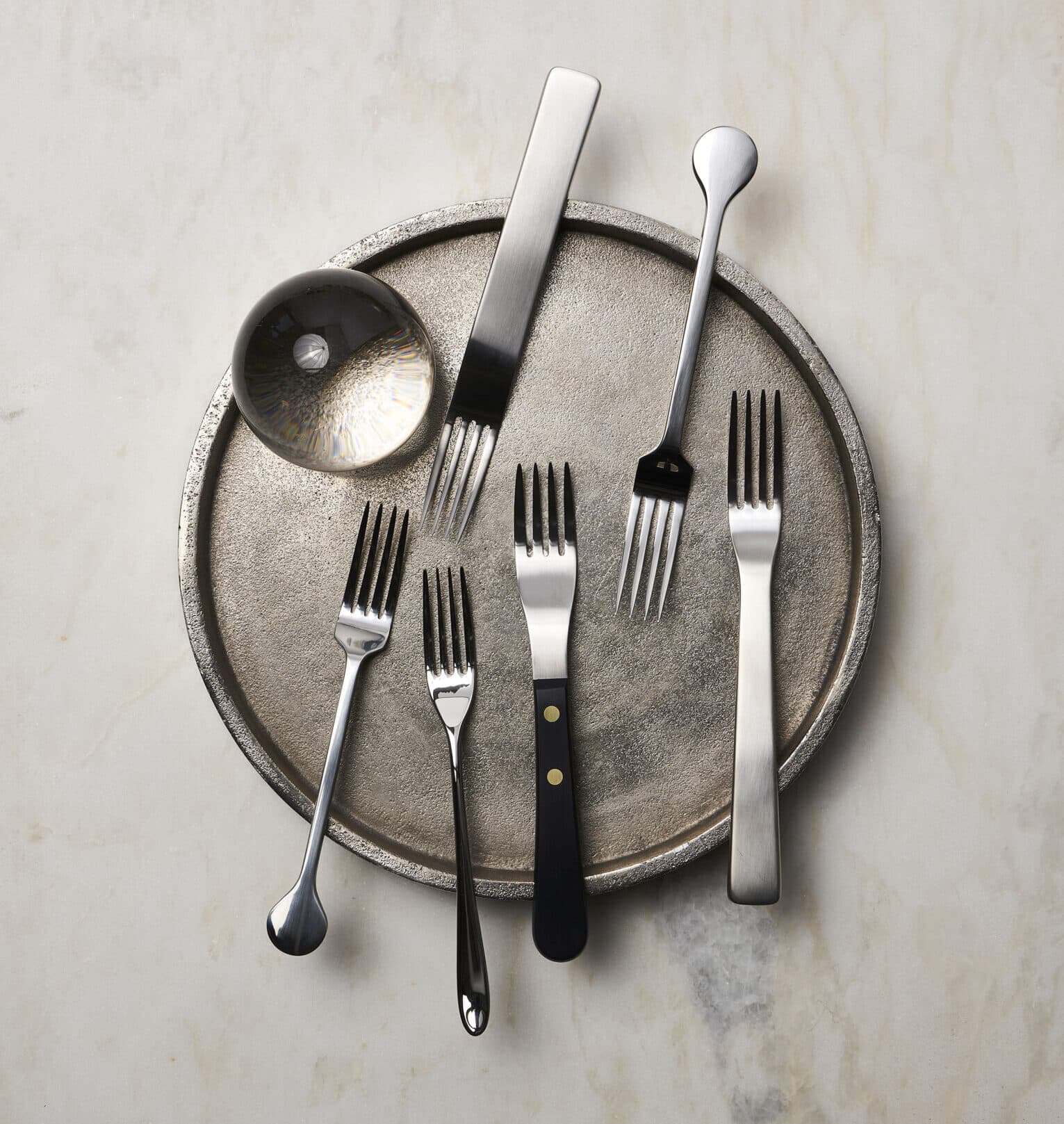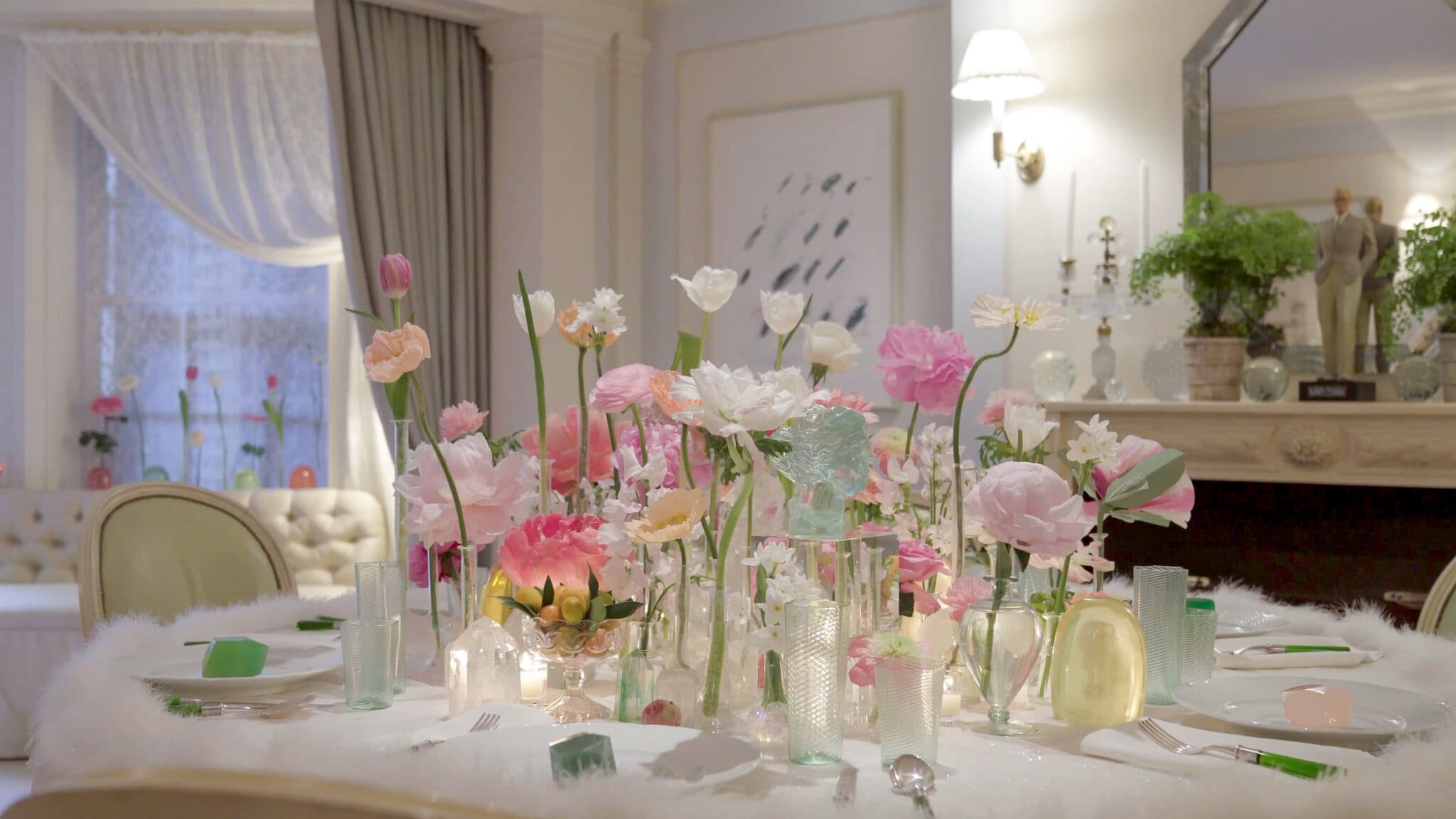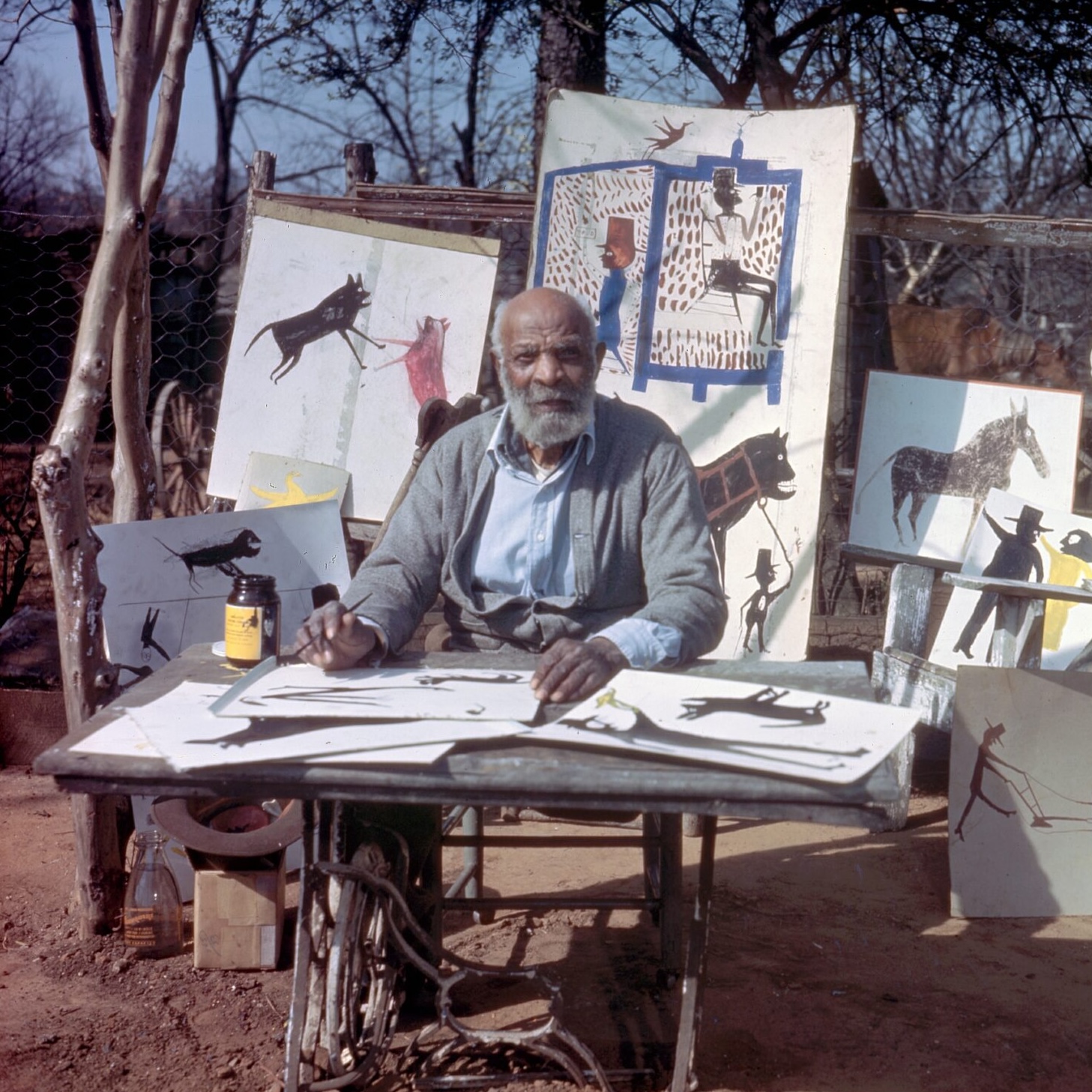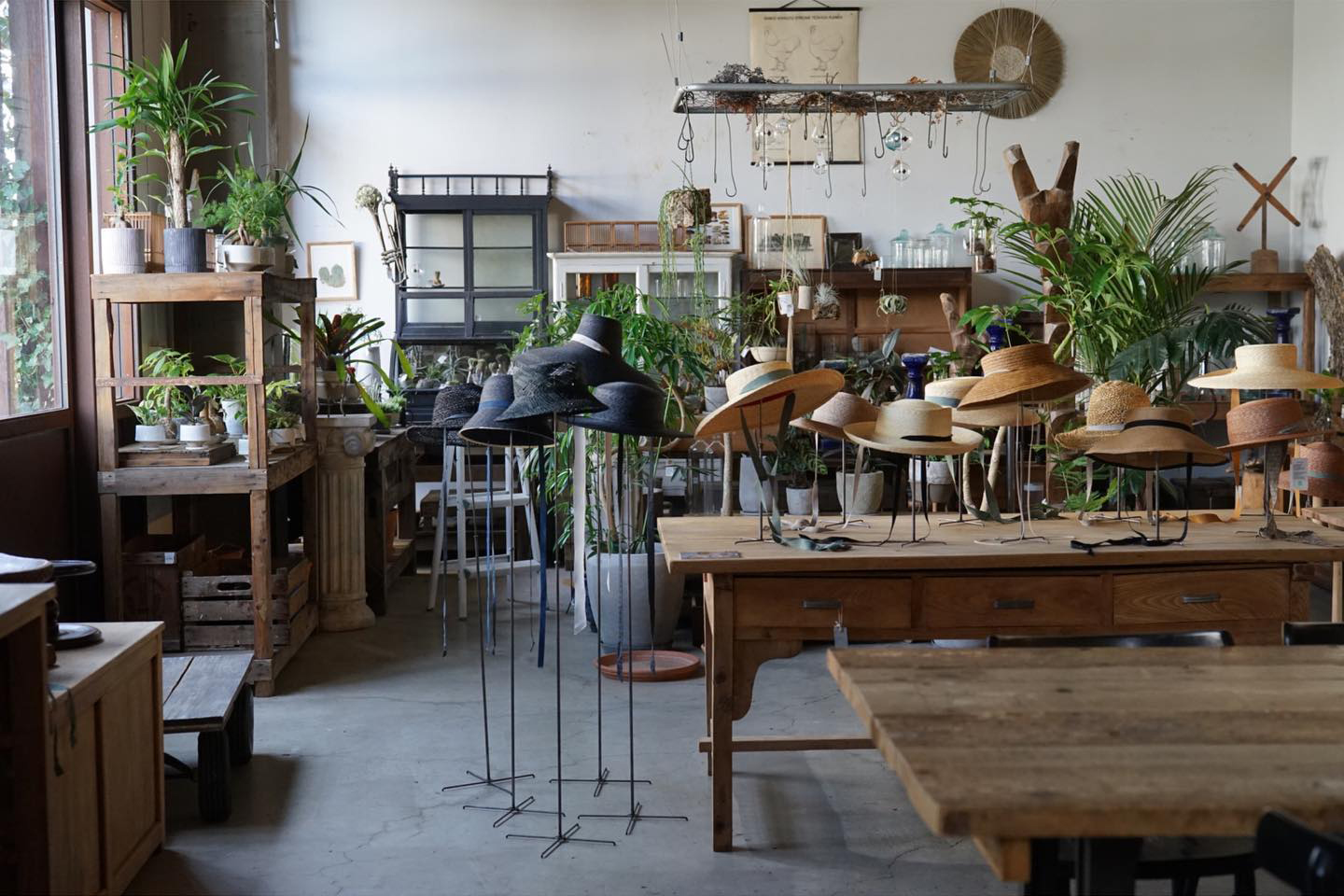Schumacher‘s president Benni Frowein may have discovered a real Shangri-la: 25,000 acres along Mexico’s Pacific coastline known as Costa Careyes. Built by Italian banker Gian Franco Brignone in the 1970s, its bohemian resort, El Careyes, is comprised of kaleidescopic dwellings in all shapes and sizes. Here, Frowein shares highlights from his family trip to the rustic yet architecturally stunning spot, where doing nothing is very much encouraged.

I think I have a Mexican soul. I can’t even count anymore how many times I’ve been. I lived there in 2003 and learned Spanish. I’ve been to the most remote areas, slept on clay floors and stayed in the most beautiful resorts. I recently went for my birthday and wanted to show my family the sophisticated version of Mexico City.
But in order to really wind down and see the beauty of Mexican beach life, I thought Careyes would be a great destination. It’s not touristy at all—in fact, it’s really authentic. In my opinion, it’s the perfect version of everything Mexican, starting with the architecture, which highlights the beauty of how Mexicans elevate indoor-outdoor living.

To get to Careyes from Puerto Vallarta airport is about a two-hour drive down the coast and off the beaten path. It was built and developed by an Italian, and I think there is no one in the world who knows how to be as elegant or effortless as the Italians. It feels much better integrated with the landscape and Mexican culture than other resorts.

The architecture is often compared to that of Luis Barragán, and I think this is because the houses are painted so many different colors with lots of different openings. They’re scattered around all of the beaches, and the colors and forms are just incredible. You’ll see throughout the day that the colors appear differently depending on the light and shadow, which I think is very special. If you look closely at the exterior of the house we stayed in, you’ll see there are actually eight different shades of red!
We ate lunch sitting under the open-roofed palapa with an incredible view. You always felt a breeze, so it was always cool; and I only got one mosquito bite the whole time.
The service was also just so amazing. After a week with the chef and groundskeeper at our villa, who are husband and wife, it felt like they were a part of our family. They set up the dinner table somewhere different each night—including under the open sky, with candles lit all around us—and never failed to remember every little detail. They really went the extra mile. This is why I say my heart and soul are with Mexico: the people are so nice, creative and warm.
The bedrooms were all very basic with white-painted concrete everywhere, and the bed foundation was part of the floor. I opened the doors so I always felt like I was outside, which I personally just loved. For me, this was the perfect way to bring the outdoors in.

Just like the architecture, the surrounding landscape of Careyes is incredibly pretty. It consists of around six beaches and there was nobody on them. They are naturally preserved with driftwood scattered all over—not the perfect beaches that get cleaned every day. I felt a bit like Robinson Crusoe but if he was swathed in cashmere!
At Careyes, there’s both nothing and everything to do. We went whale watching, but you can also patrol the beaches for turtles. There is also tennis (I played every day) and horseback riding. You can invite yoga instructors over for a private session or, for more relaxation, book massaged therapists. (One of ours could read what goes on in your soul just from looking at your body, and she was dead on! It was so spiritual.) You can also just explore. The secluded coastline goes on for over 15 miles. It’s the perfect destination for a little drive—and a picnic on the beach.
This sounds everything but low-key, right? But let’s just say once you are there, it feels that way. It’s barefoot luxury. I think so many hotels feel the need to be aspirational and chic and formal in order to attract people. But Careyes can somehow afford to be rustic, and I can’t even explain why. It’s really just a balm for your soul.
AS TOLD TO LUCY PASH
